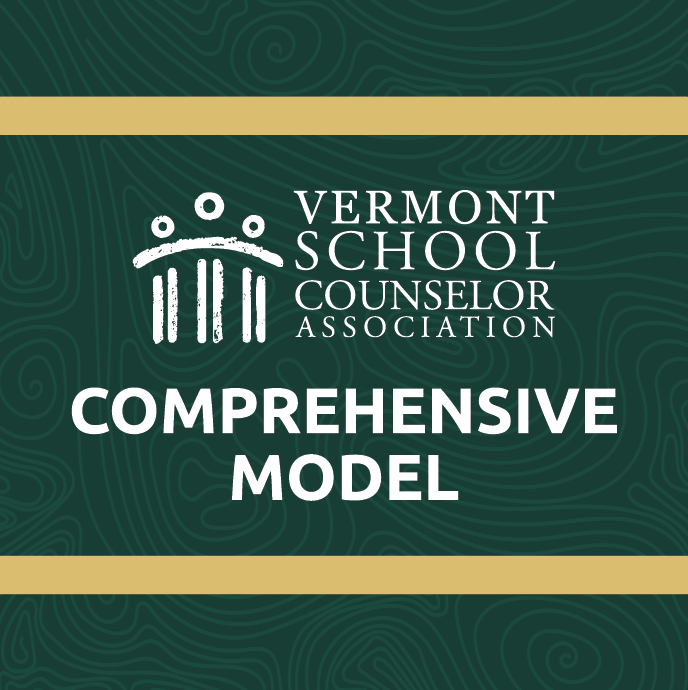SECTION 2: Manage |
Action PlansOnce data has been gathered and goals established, action plans lay the groundwork for implementing your interventions. To efficiently and effectively deliver the school counseling activities, there must be a plan detailing how the Service intends to achieve the desired result. Action plans are utilized with classroom, group and “closing-the gap” activities. There are two key types of action plans: Classroom and Group Mindsets & Behaviors action plans, and closing-the-gap and action plans. Classroom and Group Mindsets & Behaviors Action PlanThe Classroom and Group Mindsets & Behaviors Action Plan helps school counselors create an effective plan to teach students the knowledge, attitudes and skills appropriate for their developmental level, informed by specific ASCA Mindsets & Behaviors, in a variety of settings. The lessons are presented systematically in K-12 through classroom and group activities. The lessons are organized to help students acquire, develop and demonstrate identified ASCA Mindsets & Behaviors. Data will inform Service decision making. When data are analyzed for every student, discrepancies, often referred to as gaps, frequently appear, and school counselors develop detailed action plans indicating activities and resources leveraged to close the gaps (ASCA National Model, 2019). What gaps do the data expose, and what plans must be in place to ensure equity and access to academic achievement for every student? Once the curriculum is agreed to developmentally, it may remain largely similar year to year while closing the gap activities may change from year to year based on data.
Implementation Steps for both classroom lessons and small groups:
Closing-the-Gap Action PlansClosing-the-gap activities are designed to address discrepancies between students’ needs and achievement as well as rectify inequities between student groups. Each plan contains answers to the following questions: Why is this mindset/behavior being addressed? What outcome is to be achieved? Is this plan designed to be accessible for every student? (See ASSESS section for additional information)
|

